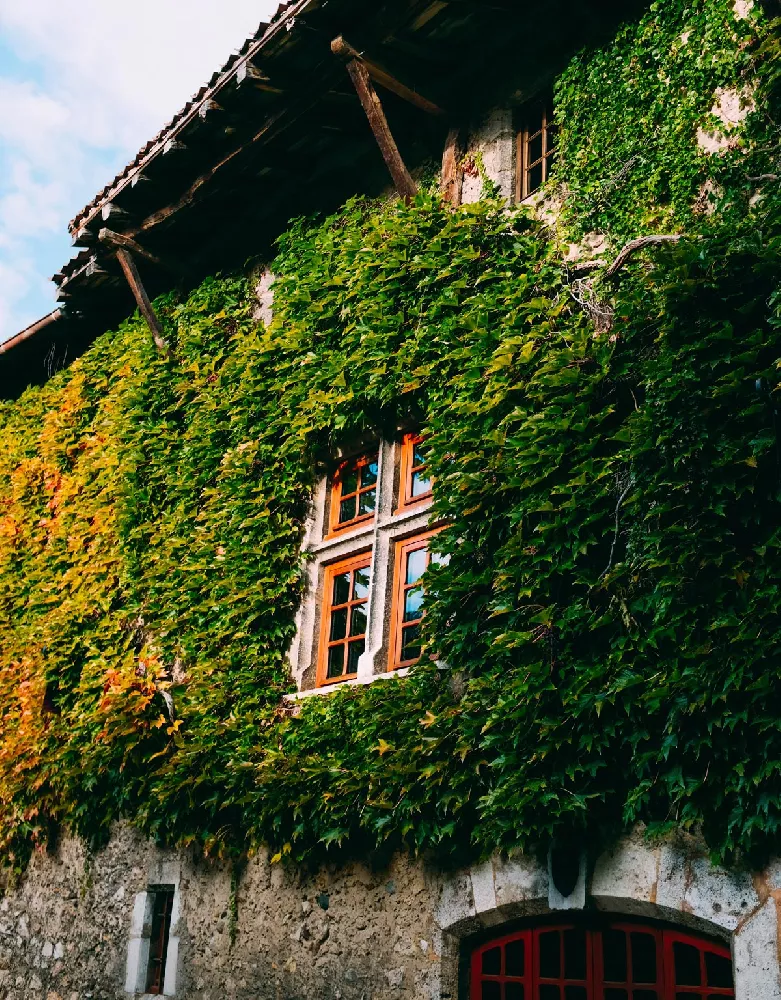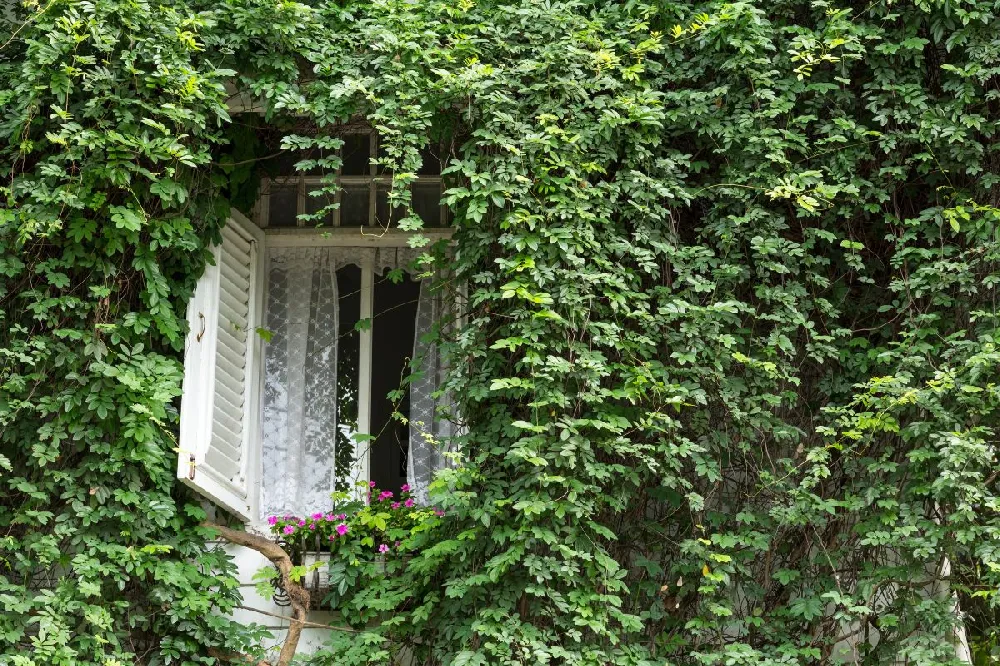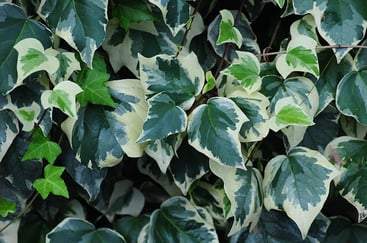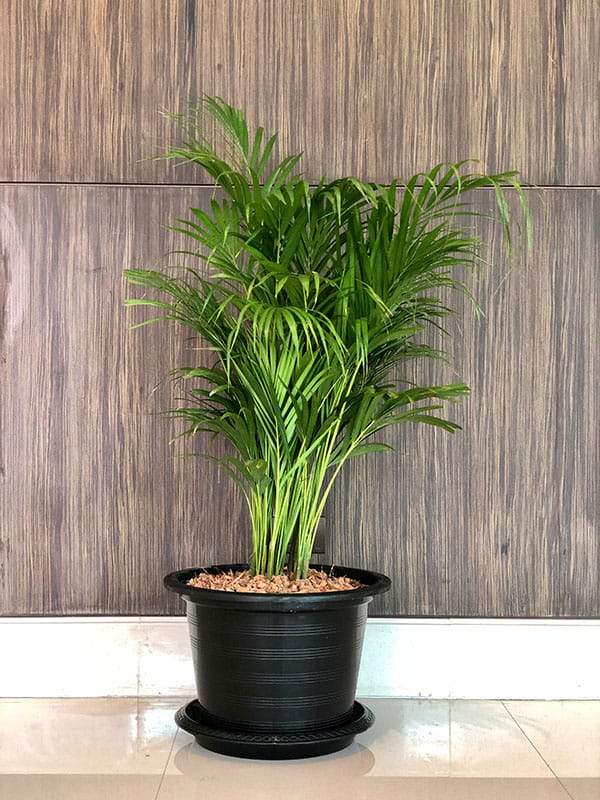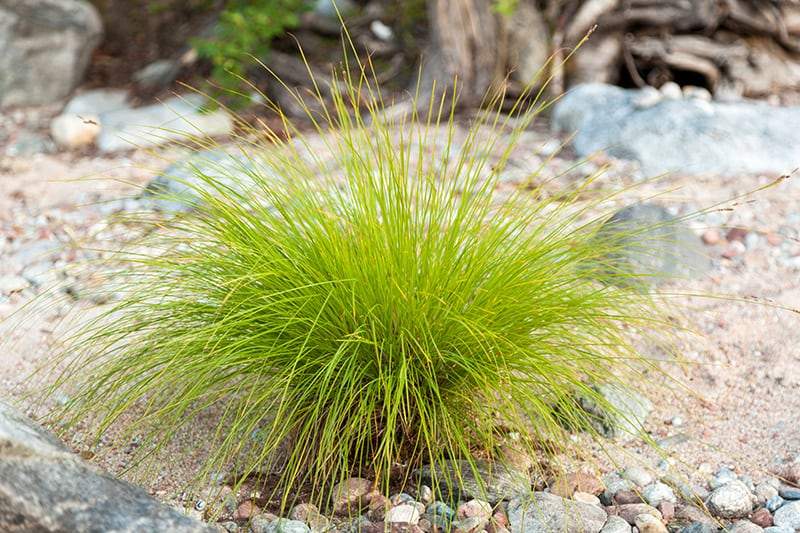- Home >
- Ivy
Ivy for Sale - Buying & Growing Guide
2 Results
Ivy for Sale – Buying & Growing Guide
Ivy can be a gorgeous garden element when climbing a trellis or a stone wall, adding a charming backdrop that can be filled with vibrant flowers. Some ivies are also excellent container plants and are easily grown indoors. To explore the world of these elegant plants, take a look at the different varieties of ivy plants and select one for yourself.
How to Plant Ivy
Ivy comes with a few caveats. Some types, such as Boston ivy, cling so strongly to walls that they may take a bit with them if you try to remove the adhesive-like suckers. Be sure you are happy with the placement before sitting them in front of brick walls for this reason. The berries are beloved by birds but may be toxic to humans.
Ivy is tough and adapts to just about any condition. It is not picky about soil and does well in the sun or shade. It can be an effective ground cover that helps control erosion on slopes and pruning as needed does not phase the plant at all.
How to Grow Ivy
When
Plant ivy outside in spring after the danger of frost is past or in the fall six to eight weeks before your anticipated first frost.
Where
Depending on the mature size of your chosen ivy, plant it in a spot where it can climb on a structure or spread out as a ground cover. In the south, give it afternoon shade.
How
Dig several inches of well-rotted manure or compost into the soil at your chosen site. Unpot your vine and tease out any encircling roots. Dig a hole twice as wide and as deep as the root ball and place ivy in the hole. Backfill with the soil amended with compost and tamp down. Water thoroughly.
How to Care for Ivy
Watering and nutrients
Water regularly when first planted, allowing the soil to dry out between watering sessions. Apply an all-purpose, slow-release fertilizer monthly during the growing season.
Pruning
Take off dead or diseased leaves as you see them. If growing indoors, or if you want to control your ivy’s growth, trim the vine back with hedge clippers or secateurs.
Pollination
Ivy provides pollen for pollinators such as butterflies and bees, whose work results in small berries that form in late fall. These berries are eaten by birds, who spread the seeds far and wide.
